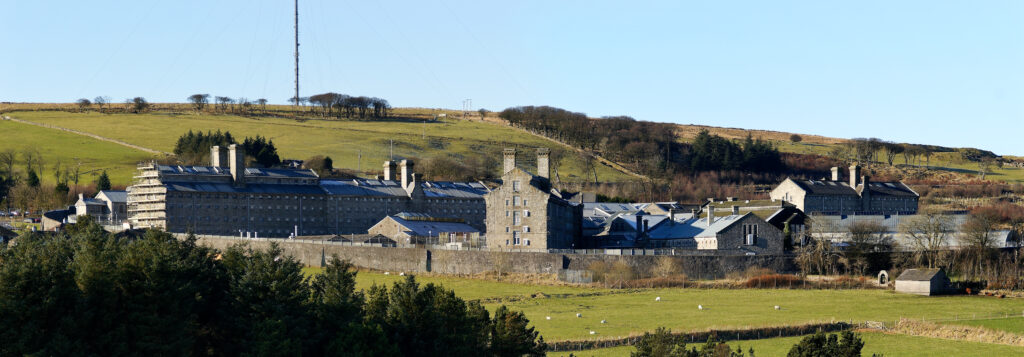
July this year saw the evacuation of Dartmoor Prison. Despite the prison capacity crisis that was to unravel just weeks later, the facility remains in its mothballed state 3 months on, with no clear timetable to reopen. The reason? Radon gas.
HMP Dartmoor, renowned for its association with Conan Doyle’s The Hound of the Baskervilles, opened in 1809 on the bleak, rugged moorside near Princetown, Devon. The benefits of such a remote location for sequestering Napoleonic inmates over long sentences seemed obvious; however, one factor was not accounted for by its Georgian planners.
Radon, a radioactive and odourless gas, is released by rocks containing decaying uranium. A common scourge of many households in the South West, Dartmoor itself has some of the highest levels in the country. As radiation exposure is strongly linked to several cancers, it’s no surprise that the detection of elevated levels in this dated facility was the cause for alarm.
The merits of transferring prisoners out this 600-capacity jail just for the draining of the gas are certainly debateable – the filtering out of Dartmoor’s inmates occurs amidst a nationwide capacity crisis which has seen many prisoners receive shortened sentences to combat overcrowding. It is unsurprising such a giant stone structure built on one of the UK’s radon hotspots would stop the gas from escaping almost as well as it does prisoners.
It is unsurprising such a giant stone structure built on one of the UK’s radon hotspots would stop the gas from escaping almost as well as it does prisoners.
There has been debate over the jail’s future for years – one of many 19th-century facilities still used for their original purpose – and whether a wider modern refresh of Britain’s jails is needed. But where any tiny hole could provide the means to escape from Dartmoor’s towering walls, the cost of refitting or rebuilding with radon pumps would be sky-high.
It is this same problem facing homeowners across Devon, with often little awareness around the health risks of radon and the tech behind draining it. Today, the most widespread method is Sub-Slab Depressurisation (SSD) – a technique which drains the gas from a home’s foundations.
A pipe is installed in a sump pump (water drainage) hole or through the foundations to channel the radon away from the house, creating a clear escape path to the surface. This is typically used in tandem with a powered fan to vent gases away from the home more quickly and draw more out from the foundation space. This method may reduce radon levels up to 99%.
Another increasingly common extraction method is Heat Recovery Ventilation. HRV works differently, constantly replenishing the air indoors with air outside, thus diluting the radon buildup in the home. A plus of this method is that it retains household heat by transferring it to the inbound air, making it an energy efficient option despite not clearing the gas entirely.
The downside to both methods is the cost. Fitting a SSD pump in your home could cost you up to £2000 according to UKRadon, though the process only takes a couple of days after finding a tradesperson. The benefits of the procedure, however, are enormous: 2-4% reduced lung cancer deaths and higher house prices are all associated with limiting what is the largest source of natural radiation humans are exposed to.
But with a stubbornly high 5-10% of homes in central Exeter still having unsafe levels according to a government report, a lot needs to be done to make these tools accessible to all.


